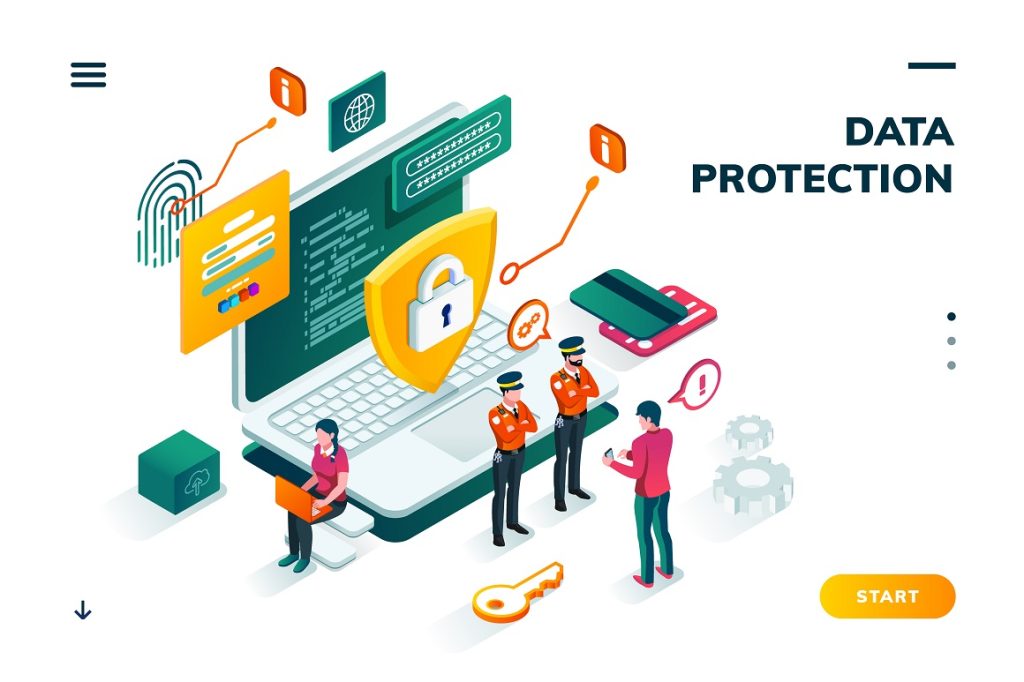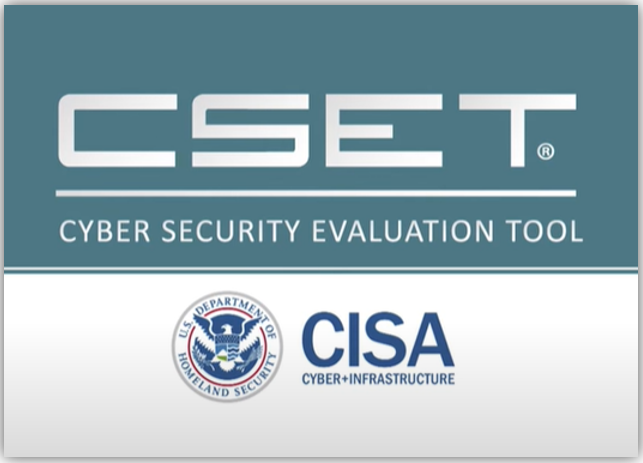An even ‘hacking’ field – Government Surveillance Bill passed by Parliament
By Cameron Abbott and Ella Richards
The Surveillance Legislation Amendment (Identify and Disrupt) Bill 2020 (Identify and Disrupt Bill) passed both houses of federal parliament on 25 August 2021. The new legislation extends the power of law enforcement agencies to identify and disrupt suspected online criminal activity through the provision of three new warrants.
The new warrants provide the Australian Federal Police and the Australian Criminal Intelligence Commission with the power to:
- Modify or delete the data of suspected offenders (data disruption warrants);
- Collect intelligence on criminal networks (network activity warrants), and
- Take control of a suspected offenders’ online account (account takeover warrants).
Anyone required to assist with government hacking is protected from civil liability. However, anyone who refuses to comply can face up to 10 years’ imprisonment.
Online criminal networks are evolving rapidly with the use of anonymising technology – making the detection of serious online crime near impossible. Encrypted applications such as Discord have stated that approximately 536 verified dealers sold $100,000+ of illegal substances/stolen goods in one week, despite Discord’s “zero-tolerance” approach to illegal activity.
On the other hand, the Office of the Australian Information Commissioner (OAIC) previously warned that the new warrant powers could adversely impact the privacy of a large number of individuals – including those with no suspected involvement in criminal activity.
The complexity of online crime makes it increasingly necessary for law enforcement agencies to level the playing field, identify suspected criminal activity and intercept that activity before it is actioned. However, proportionate consideration of individual privacy rights has created a lively debate in the passage of the legislation thus far.
The Surveillance Legislation Amendment (Identify and Disrupt) Bill 2021 is now awaiting Royal Assent. Keep an eye on our Cyber Law Watch blog further updates.





